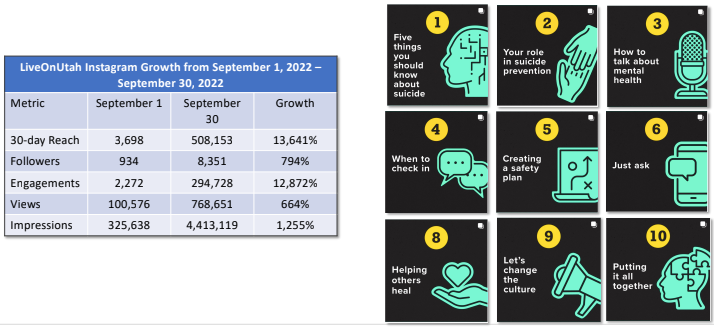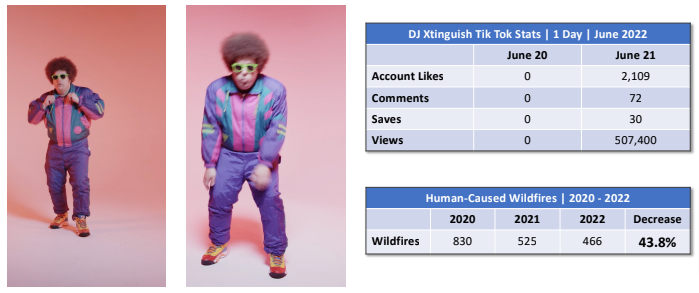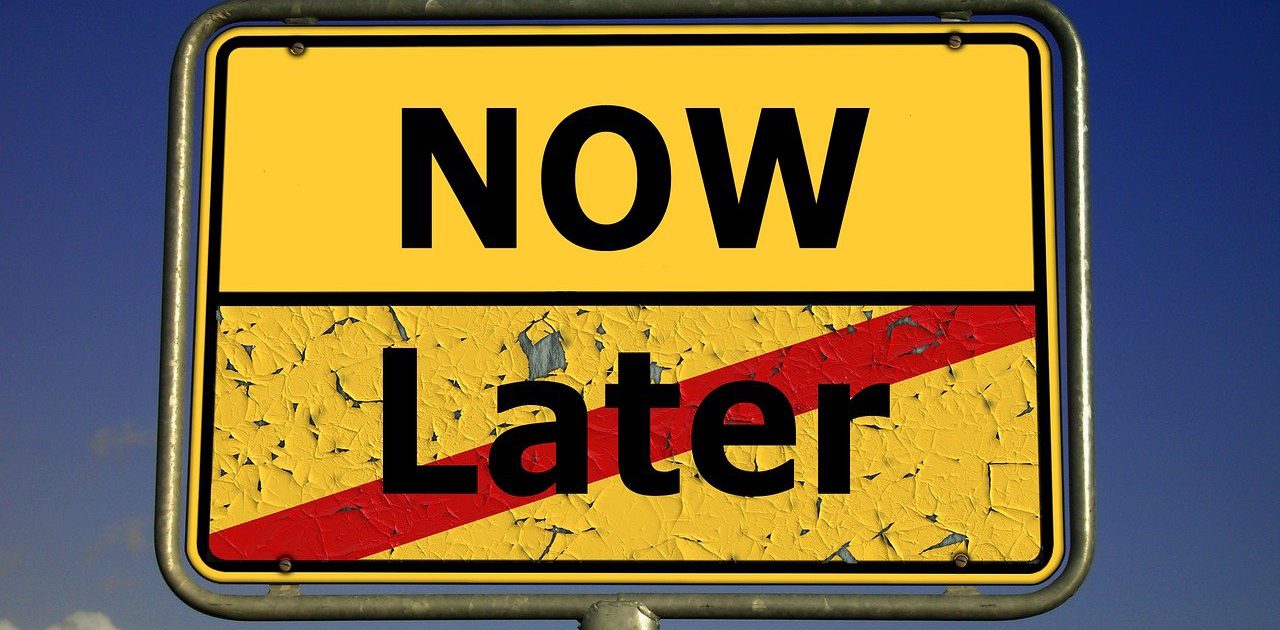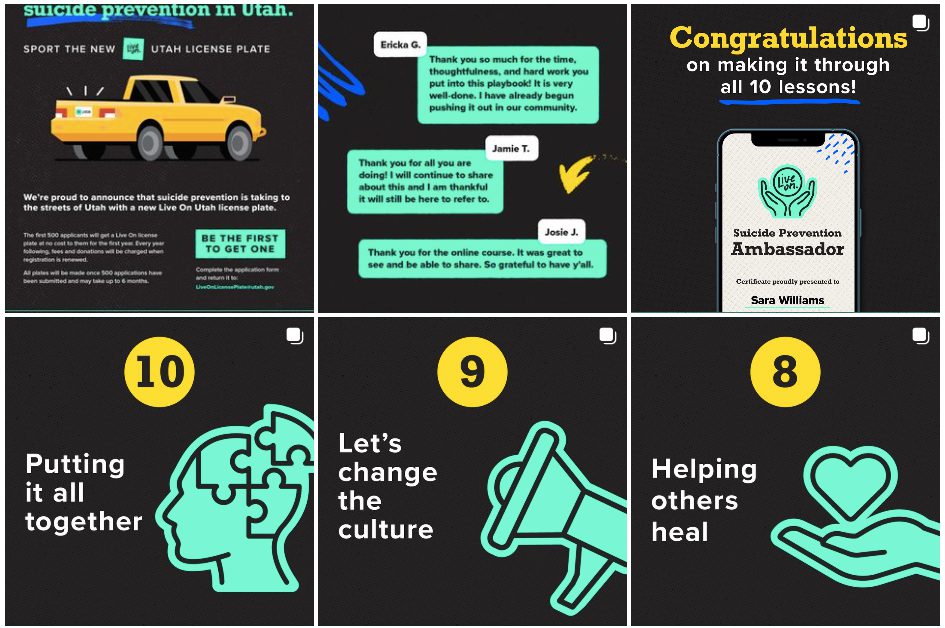Marketing campaigns sometimes encourage consumers to do something new, something they may have yet to consider.
But often, especially in the world of public sector marketing, they’re more about reiterating and reinforcing messages that people are already familiar with — persuading us to adopt actions or behaviors we already know are the right thing to do.
In this article, we’ll pull out key points from a presentation given by Adam Durfee, Social Media Campaign Director at government and non-profit marketing agency Boncom, who uses case studies featuring two real-world public awareness campaigns to demonstrate how marketers can inspire change in audiences.
Why Awareness Doesn’t Guarantee Campaign Success
Almost everyone reading this article knows that flossing is good for them.
Yet research shows that fewer than one in three Americans floss daily, while just over a third floss weekly — meaning a further third don’t floss at all.

“This is when awareness alone doesn’t work,” Adam explains. “Just telling somebody that something is good or bad for them isn’t enough to make it work. What we actually need to do is get them to act. We need to get them to change.”
So how do we do that as marketers? To answer that, let’s dive into Adam’s case studies.
Case Study #1: Live On Utah’s Suicide Prevention Playbook
The Goal: Educating Utahns to Prevent Suicide
Utah is part of what’s often called the “suicide belt,” a region of the western US in which suicide rates are higher than the national average.
This brings us to Live On Utah, a Department of Health and Human Services-sponsored campaign to end suicide in the state.
Like in the example about flossing, awareness isn’t the issue here: everyone knows suicide is bad and that we should do our best to help prevent it. Adam and his team aimed to create a memorable campaign that persuaded people to act.
Inspiration came from a high-profile suicide attempt in Utah, in which one man saved another’s life. In an interview, he said that for people who haven’t been trained in suicide prevention, there’s no playbook to follow on how to save someone trying to take their own life.
“This totally caught our attention,” Adam explains. “Why isn’t there a playbook for suicide prevention?”
The Problem: Ineffective Suicide Prevention Training
After some research, the team discovered a suicide prevention training course that anyone in Utah could sign up for.
The issue wasn’t the existence of the training; it was the format. Utahns had to attend an eight-hour training course offered only at state health departments or sponsored locations. Each course could only take 20 – 30 people at a time, and the costs ranged from $30 – $120.
Not only that, but the sessions started at 8 am on Saturdays. How many people will give up their free time (and money) to voluntarily enroll in a day-long training program?
So the training wasn’t free, it wasn’t easily accessible, and it forced people to go out of their way to participate. In short, it wasn’t going to reach all the people it needed to reach.
The Solution: Suicide Prevention Training On Instagram
Creating an accessible, scalable, free suicide prevention playbook meant solving two main problems:
- Cutting down the training material. Eight hours was simply too much information for the average person, so Adam and his team worked with mental health experts to condense the program into 10 lessons that took about 10 minutes each.
- Making the material accessible. Social media was the obvious answer: it’s free, scalable and available to billions of people.
In terms of platform, Adam and his team gravitated to Instagram. They liked the ability to combine image carousels — like slide presentations — with audio tracks featuring a lecturer’s voice.
Moreover, Instagram captions can be up to 2,200 characters long, allowing them to weave a narrative and pick out key elements from the slides.
Adam quickly saw the platform’s potential: “We could build the world’s first-ever suicide prevention training course that lives and distributes entirely through Instagram.”
And that’s precisely what they did in launching the Live On Playbook Instagram account:
View this post on Instagram
“Somebody can go there, and they can say, ‘I’ve got 10 minutes on a commute. I’ll watch lesson one.’ Or, ‘I’ve got an hour and a half. I’m gonna blast through the whole thing,’” Adam says. “It’s self-guided. It’s do-it-yourself. There are check-ins along the way where people can comment, ask questions, and basically build out just as you would an online course.”
The campaign also leverages social proof — the phenomenon by which people use the actions of others to decide how to act in a given situation. When students finish the course material and comment on the final lesson, they receive an Instagram Story-sized certificate celebrating their achievement.
“That is instantly shareable, so you’ve now told other people, ‘I’ve done this, it’s a safe thing to do, it’s not super weird to go and get suicide prevention trained via this Instagram account,’” Adam explains. “That builds and becomes a rolling ball effect.”
The Results: Tens of Thousands Sign Up for Training
Throughout September 2022, the Live On Playbook Instagram account grew its followers by 794%, generating almost 300,000 engagements.

But more impressively, it sparked followers to take meaningful action.
The Department of Health and Human Services had challenged the campaign to train 10,000 people in suicide prevention by the end of 2022. In September alone, 126,000 people had started the course material.
“Not only do people raise their hand to say, ‘Yes, I know something about suicide prevention,’ we can now get them to say, ‘I have received training in suicide prevention,’” Adam says.
Case Study #2: Fire Sense, Utah’s Wildfire Prevention Campaign
The Goal: Educate Utahns to Prevent Forest Fires
Wildfire season is a massive problem in Utah and the western US, leading to property loss, poor air quality, and huge expenses fighting the blazes.
Like the suicide prevention campaign, this certainly isn’t an awareness issue. Adam notes, “We’ve all been told since the time we were small to extinguish your fire. We’ve all been told not to let things keep burning, not to shoot fireworks off in the middle of dry areas.”
Yet awareness isn’t enough because Utah still had 830 human-caused forest fires alone in 2020.
The Problem: Lack of Accountability
We’ve all heard the phrase: “Only you can prevent forest fires.”
The trouble is that this famous phrase is too broad. It speaks to everyone, whereas in reality, certain groups are significantly more likely than others to start forest fires.
”Talking to specific groups with specific messaging can make a much bigger difference inside of those groups,” Adam explains. “And if we start with those people, we can make a measurable difference much more quickly.”
The Solution: Viral Campaign With Targeted Messaging
For starters, Adam and his team identified several groups most likely to cause wildfires, such as students lighting campfires and people towing trailers and boats who let their chains drag on the ground — causing sparks that could lead to a forest fire.
Next, they had to figure out what messaging would resonate with those groups and which platform(s) would help spread the word.
That led to the unlikely creation of DJ Xtinguish:
DJ Xtinguish debuted on TikTok, leveraging some of the platform’s hottest dance trends to reach and engage younger audiences.
The Results: Human-Caused Wildfires Drop 50%
One of DJ Xtinguish’s signature moves, the Designated Dowser, quickly racked up over half a million views on TikTok (plus many likes and comments).
More importantly, human-caused wildfires in Utah decreased by nearly 50% in the two years since 2020. “We put a huge portion of that on our ability to create messaging for targeted people on social media,” Adam says.

The campaign was larger than DJ Xtinguish — he was just one means of social media activation.
It worked thanks to a system known as marketing triage, which involves:
- Segmenting audiences into groups of low, medium, and high risk
- Finding out which platforms those people are on
- Understanding how best to target them through messaging
“When we triage that way and divide up what we’re doing, we end up being able to see supreme results — both from the metrics on social media, from views to likes to comments to website visits, all the way to real-world behavior change,” Adam explains. “Which, in this case, is people actually tying trailer chains, dousing their campfires, and taking their fireworks to safe places.”
Final Thoughts: What’s In It For Your Audience?
Adam urges social media marketers to think about social campaigns as more than just a bunch of posts.
He regularly challenges his team to think why someone would follow a social media account. “If we can’t answer that question, then we’ve got to rethink our strategy.”
Want to learn more insights from thought leaders in government social media? Sign up for our next social media strategies summit for public agencies and government.
Featured image by Pixabay.



 Image source
Image source Image source
Image source






